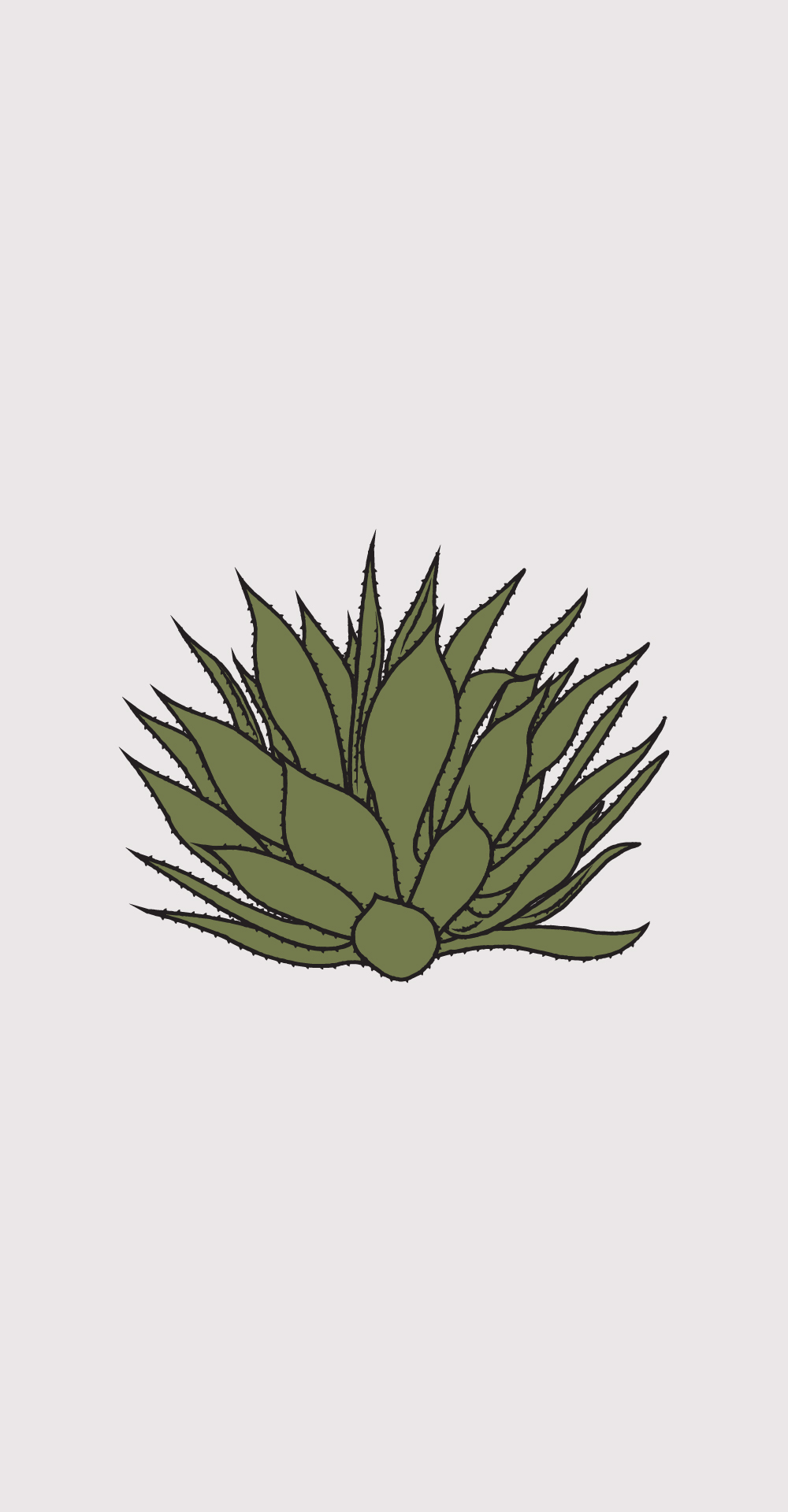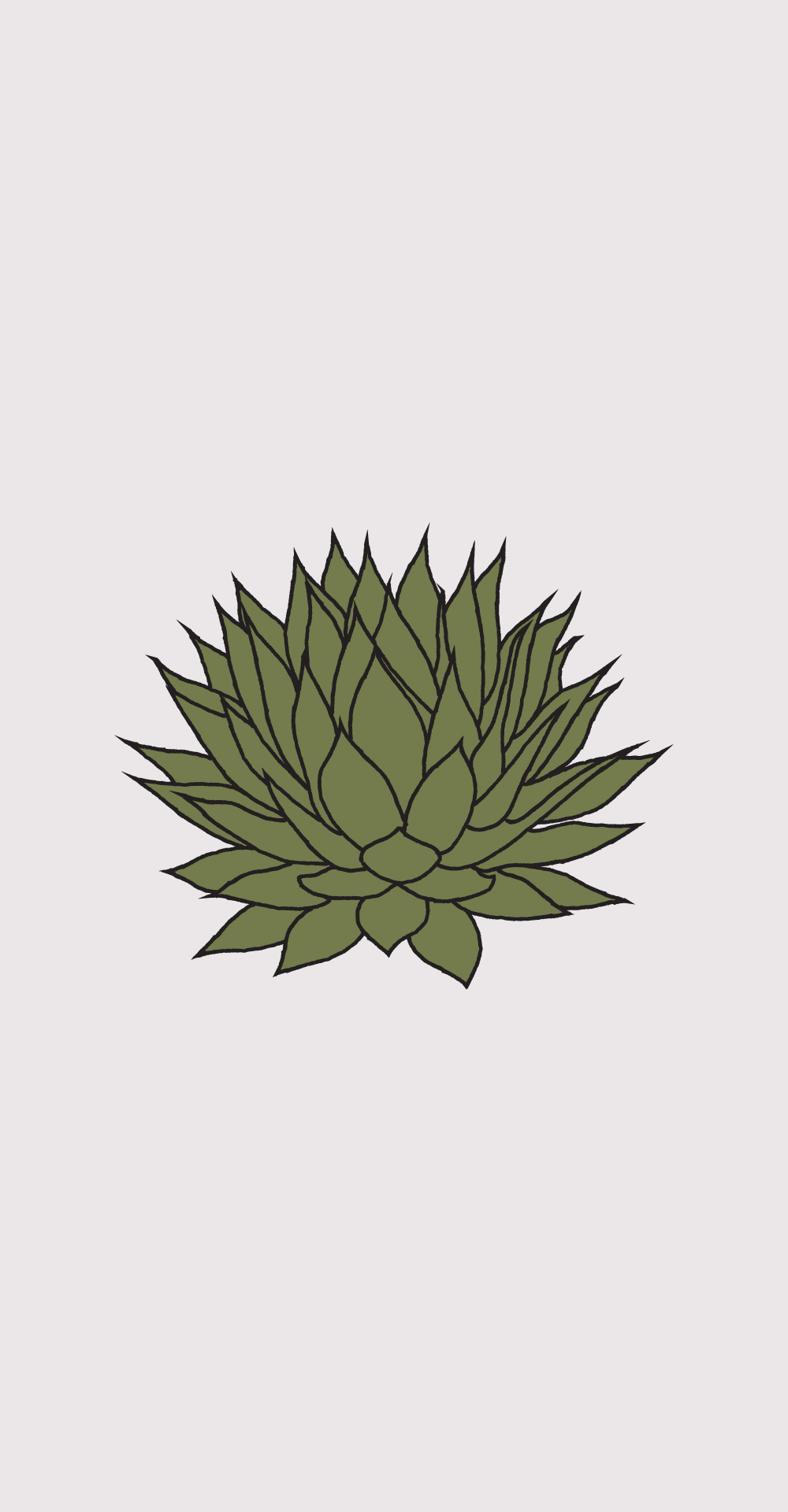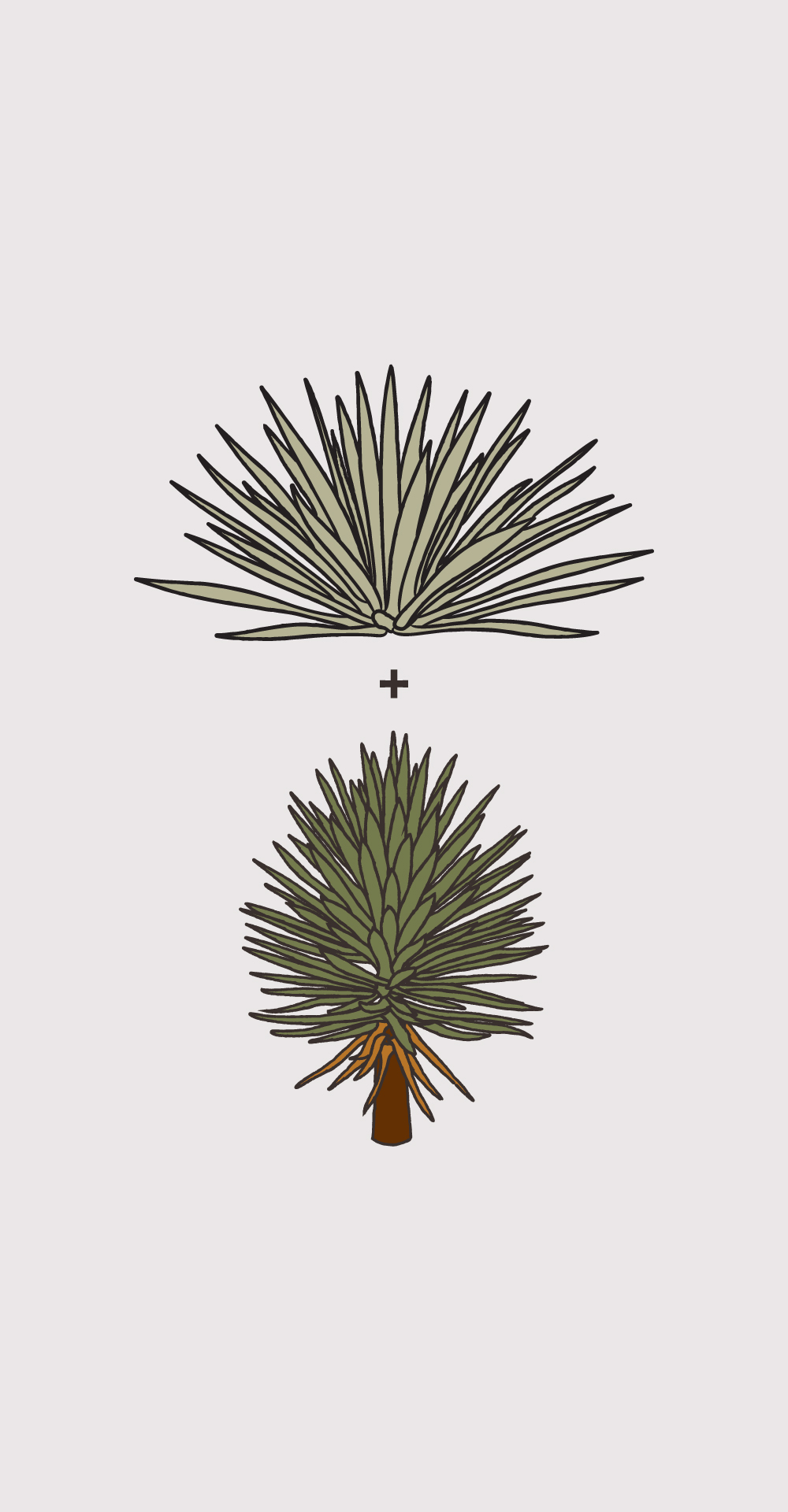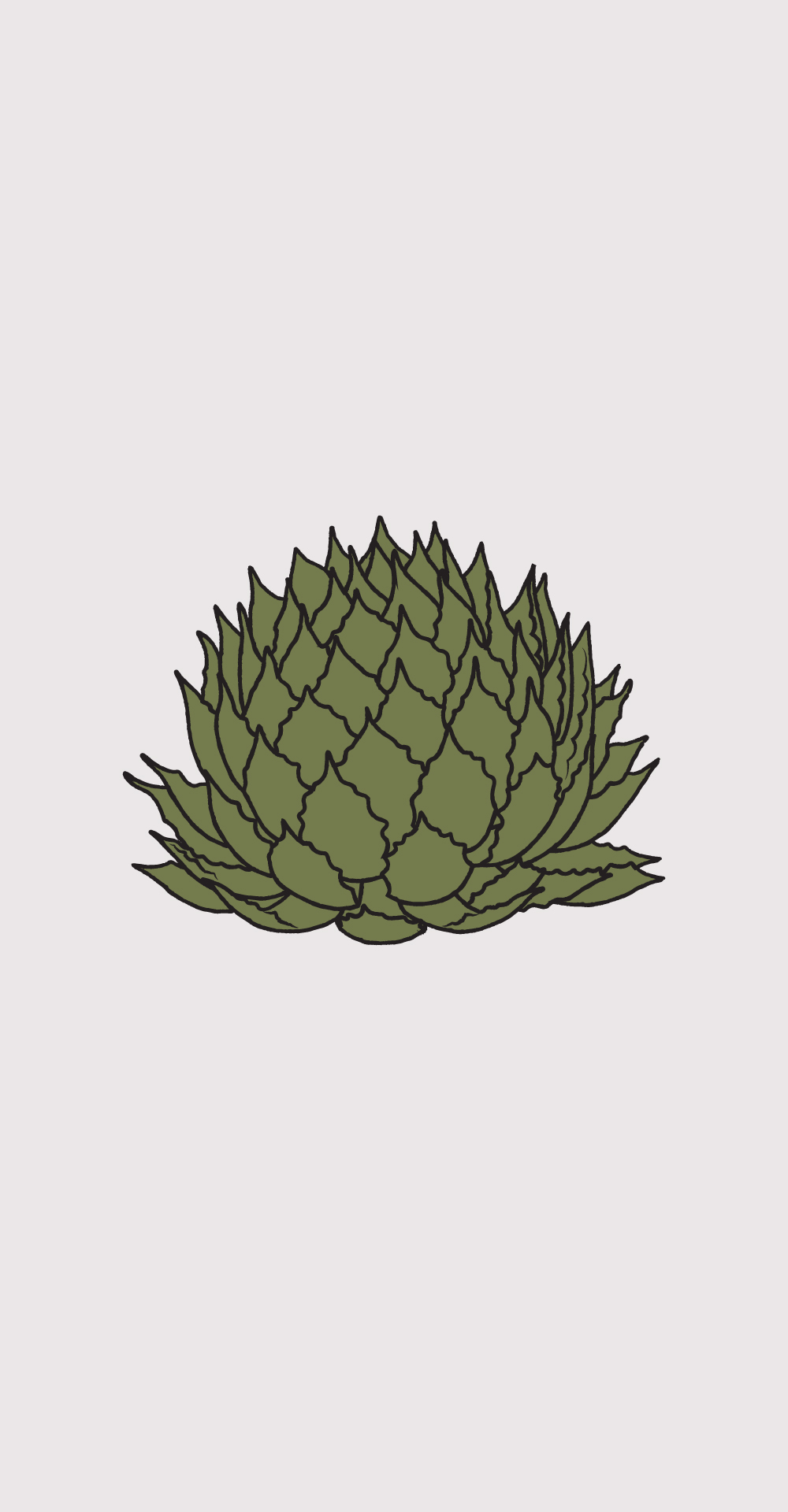Mezcal & Other Agave Spirits

Espadín
The predominant agave used in mezcal production. This agave showcases aromas of wet earth, a rich roasted flavor on the mid-palate, and a finish reminiscent of wild flowers.

Alto
Known for its uneven and jagged pencas (leaves), it grows wild in the state of Michoacán. It’s a massive agave, taking over 15 years to mature, but yields very little agave sugars. One 1,100 pound piña from the plant will only yield about 6 liters of mezcal.

Arroqueño
A massive wild agave that can take upwards of 20 years to mature. It is the genetic mother of Espadín, which is the most commonly used agave in Mezcal. Given this relation, some describe its flavor as an amplified Espadín. Arroqueño often produces a rich, sweet mezcal, often showing a note of chocolate.

Barril
Endemic to certain regions of Oaxaca, Barril gets its name because the trunk and heart are very wide and tall in diameter. In the wild, Barril can take anywhere from 12-30 years to mature, depending on soil and elevation. It often yields a dry and earthy mezcal.

Castilla
A close cousin to the Espadín agave, though it’s smaller and it’s not typically cultivated, meaning that most Maguey Castilla is wild when harvested for use in mezcal. Typically it has a distinctive mineral forward flavor.

Cenizo
This wild agave is typically harvested from the hillsides of Durango. Cenizo thrives in high altitudes up to 8,500ft with cool and dry conditions.

Chino Verde
Chino Verde is a wild, extremely rare agave foraged from the Sierra Madre del Sur mountains. It matures in 7 to 9 years and its concentration of sugar produces an extremely powerful mezcal.

Cuishe
One of the most physically distinct species of agave, the Cuishe grows vertically as a single stalk with its leaves spreading at the top. Due to its unusual structure and fibrous stalk, it can be difficult to harvest. This agave offers aromas full of tropical fruit with a dry piney and mineral finish.

Cupreata/Papalote
The Cupreata is a short and stubby agave is the source for many full bodied mezcals from Michoacán and Guerrero. It also goes by the name of Papalote in other regions.

Ensamble
An ensamble mezcal uses a blend of different agave types, rather than a single varietal.

Jabalí
A rare and extremely difficult agave to work with. During fermentation and distillation, this agave foams and expands, with a possibility of the liquid to explode out of the seams of the still. This agave is distinctly wild and considered to produce the most exotic of all mezcals.

Madrecuishe
This agave thrives in dry climates and typically grows in a tall, cylindrical shape. Due to the agave’s dense core and low water content, mezcal made from Madrecuishe typically has high minerality with vegetal and floral notes.

Mexicano
This wild agave can grow quite large and is usually harvested after maturing for 10 years. The palate is distinctively herbaceous and earthy with a long lasting finish.

Pechuga & Experimental
Reserved for celebrations and special occasions, pechuga mezcals undergo a third distillation with local fruits, nuts, spices and either a chicken or turkey breast. This adds a rich texture and spiced fruity flavors.

Sacatoro
Sacatoro is a rare type of agave that exists only in the northern Guerrero region of Mexico, which takes 8 to 12 years to mature.

Sierra Negra
A wild that takes up to 25 years to mature. It was widely cultivated many years ago but due to overproduction and long times to mature it has been mostly abandoned, making it quite rare.

Tobalá
This compact agave yields limited quantities of mezcal and takes 12-15 years to reach full maturation. Known to many as the king agave, Tobalá can only grow from seed and is becoming increasingly rare. It creates an intensely aromatic mezal with complex notes of tropical fruit.

Tobaziche
A wild agave that needs 12-13 years to mature. This agave is typically characterized by its herbaceous and cedar-like aromatics with an earthy finish.

Tepeztate
The Tepeztate has a very distinct, erratic leaf structure and flourishes best on the sides of steep, rocky cliffs. This agave offers a powerful, unique aroma dominated by vegetal and floral characteristics.

Raicilla
A vibrant agave spirit made in western Jalisco. Agaves are either roasted in an earthen pit or in above ground clay ovens. Because ancestral production methods are often used, Raicilla culture resembles that of tequila prior to its industrialization.